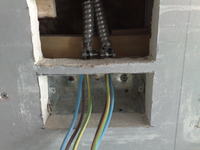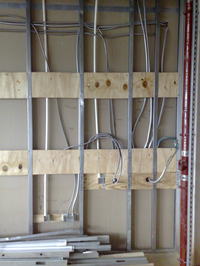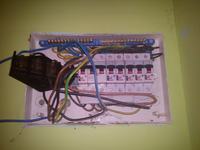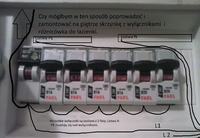Hello.
How to make an electrical installation in a plasterboard wall. Do the wires have to be in the tubes or can they lie alone. I would like to add that I plan to insulate the walls with wool, will it not hurt the cables?
Greetings.
How to make an electrical installation in a plasterboard wall. Do the wires have to be in the tubes or can they lie alone. I would like to add that I plan to insulate the walls with wool, will it not hurt the cables?
Greetings.






